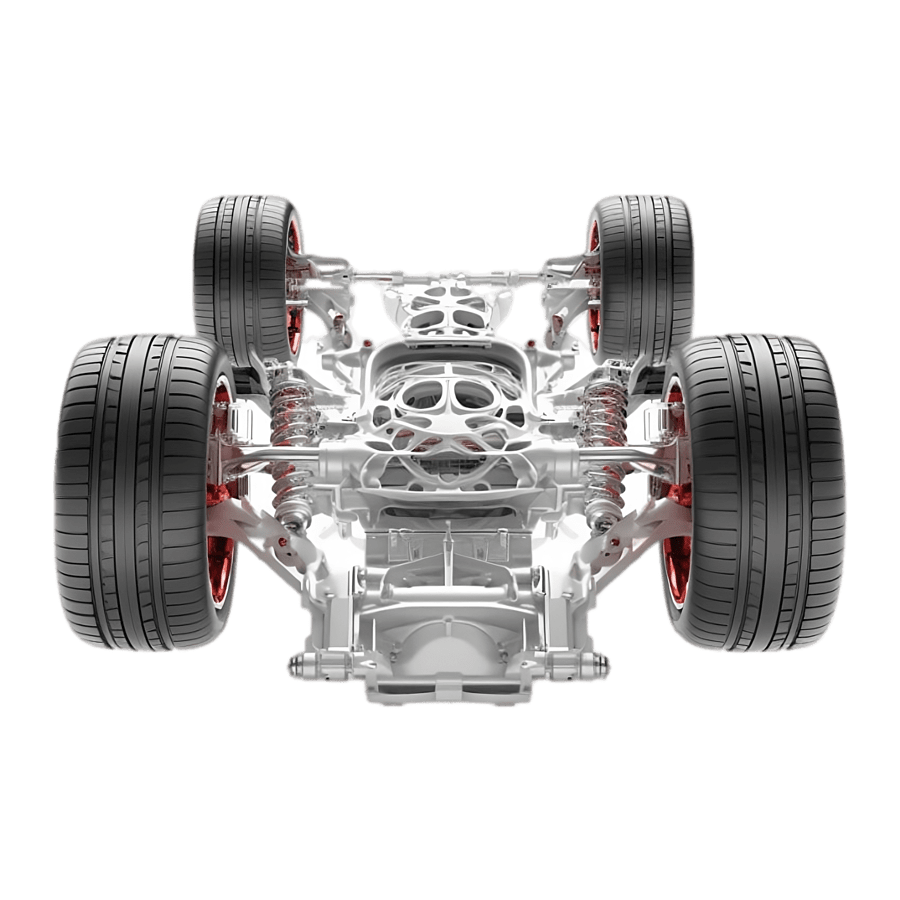Alignment
adjustment
You may have found yourself in a situation where, when you change your winter or summer tires, the service technicians point out that the tread wear is uneven, which could mean that your car needs an alignment.
- Passenger car: 45 €
- SUV: 55 €
- Commercial transport: 55 €
- Sports cars and individual projects by arrangement

What is the definition and reasons for torsional regulation?
Camber adjustment refers to the correct position of the car's wheels horizontally in relation to the direction of travel, as well as vertically in relation to the ground. This ensures correct wheel alignment and camber. The need for alignment is caused by poor road conditions such as potholes, ditches, stones, which can cause shocks to the car's suspension and lead to alignment problems.
When should the torsion be adjusted?
Ideally, the alignment should be done twice a year, after the winter and summer tire changes. However, it is imperative that the adjustment is carried out after major repairs to the running gear, steering repairs or a car accident.
Why do I need to adjust my car's alignment?
Regular alignment improves handling and road safety and increases tire life. If the tread wear is uneven, it can affect safety and create dangerous driving conditions. Therefore, regular alignment is essential to ensure a safe and stable ride on the road.
- No tread wear on the inner and outer edges;
- Pulls to one side when driving;
- The steering position does not coincide with the trajectory of the car;
- Difficulty turning the steering wheel when standing;
- Excessive or small movement of the steering;
- The vibrations are felt on the steering wheel.
- Unbalanced tire tread wear;
Increased wheel resistance, which increases fuel consumption; - Reduced road grip, which can be particularly dangerous on icy or wet roads and has a negative impact on handling;
- Longer stopping distances;
- Incorrect steering position affects the car's handling when cornering and parking;
- Increased load on wheels and other components, which can cause other defects over time.
- Even tire tread wear;
- Reduced wheel resistance and fuel consumption;
- The right grip, resulting in precise handling and shorter braking distances;
- Correct steering position in the mid-range;
Reduced stress on wheels and other components.
